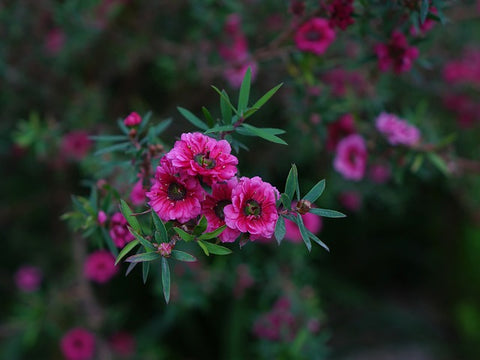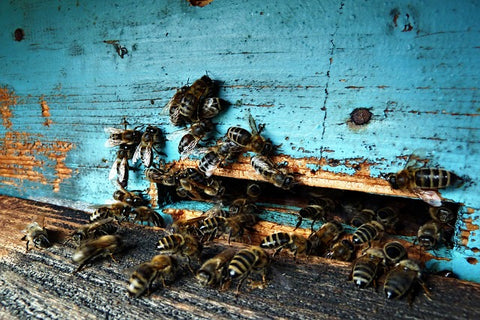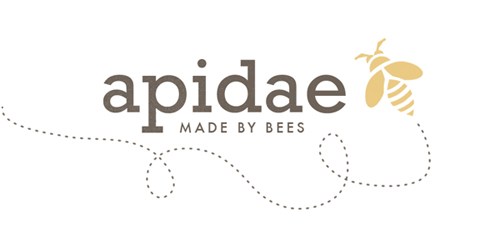Why is honey beneficial?
There are over 300 different varieties of honey. Research shows honey to be much more than a natural sweetener. It also acts as an anti-inflammatory, antioxidant and antibacterial agent.

- According to the Mayo Clinic, honey contains anti-oxidants which could be associated with a reduced risk of heart disease. Honey might help relieve gastrointestinal tract conditions such as diarrhea. In some studies, honey has been shown to help prevent memory disorders and may help with anxiety.
- “All honey is antibacterial, because the bees add an enzyme that makes hydrogen peroxide,” said Peter Molan, director of the Honey Research Unit at the University of Waikato in New Zealand.
- Ancient Olympic athletes would eat honey and dried figs to enhance their performance. More modern studies have shown that honey does help athletes recover quicker than other sugars.
- The best part of having a cold is that teaspoon of honey to relieve a scratchy throat.
- Honey does contain simple sugars but it's exact combination of fructose and glucose actually help the body maintain it's blood sugar levels.
- Got a burn? Honey helps here too. Be sure to only use medical-grade honey on your skin.
Do not give honey to babies under the age of 1 year. According to the Mayo Clinic, honey can cause a rare but serious gastrointestinal condition (infant botulism) caused by exposure to Clostridium botulinum spores. Bacteria from the spores can grow and multiply in a baby's intestines, producing a dangerous toxin.
But are all honeys created equal? Of course not. It depends on where the bees gather their pollen and nectar. Have you heard about this super honey called Mānuka honey? It has been touted as fighting up to 80 different types of bacteria. Honey is antibacterial because it contains naturally occurring hydrogen peroxide. Mānuka honey contains methylglyoxal (MG) as its major antibacterial component. Most honey contains small amounts of MG but the high quantity of MG in Mānuka honey (gained by the conversion of dihydroxyacetone found in mānuka flowers) gives Mānuka honey its strong antibacterial power.
To be labeled Mānuka honey, at least 70% of the pollen must come from the mānuka tree which grows uncultivated in New Zealand. It is described by the New Zealand honey industry as having a "damp earth, heather, aromatic" aroma and a "mineral, slightly bitter" flavor. Mānuka honey is very dark in color.

Honey producers have developed a scale called UMF (Unique Mānuka Factor) to determine just how potent the honey is. Not all honey labeled Mānuka contains high quantities of MG. To be considered therapeutic, the honey must have a minimum score of 10UMF.
But buyer beware! Due to it's high cost, much of the Mānuka honey found on the market is either counterfeit or adulterated. According to research by UMFHA, the main trade association of New Zealand mānuka honey producers, 1,700 tons of mānuka honey are made in New Zealand annually representing almost all the world's production. However some 10,000 tons of produce is being sold internationally as mānuka honey. Those numbers just don't seem to add up.

So high is the demand, New Zealand honey producers have resorted to using helicopters to locate mānuka trees in the forest before setting up their hives. Many hives have been stolen or sabotaged.
I am curious to try a $100 jar of honey. And you?
